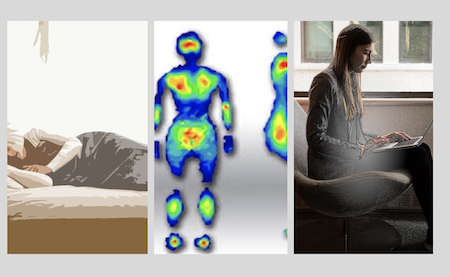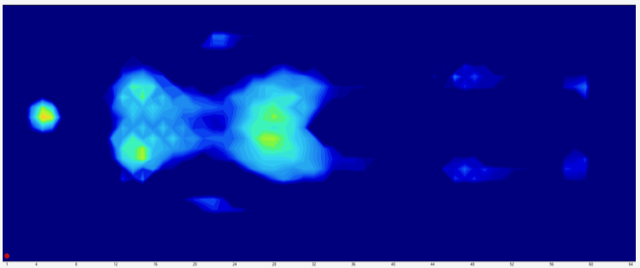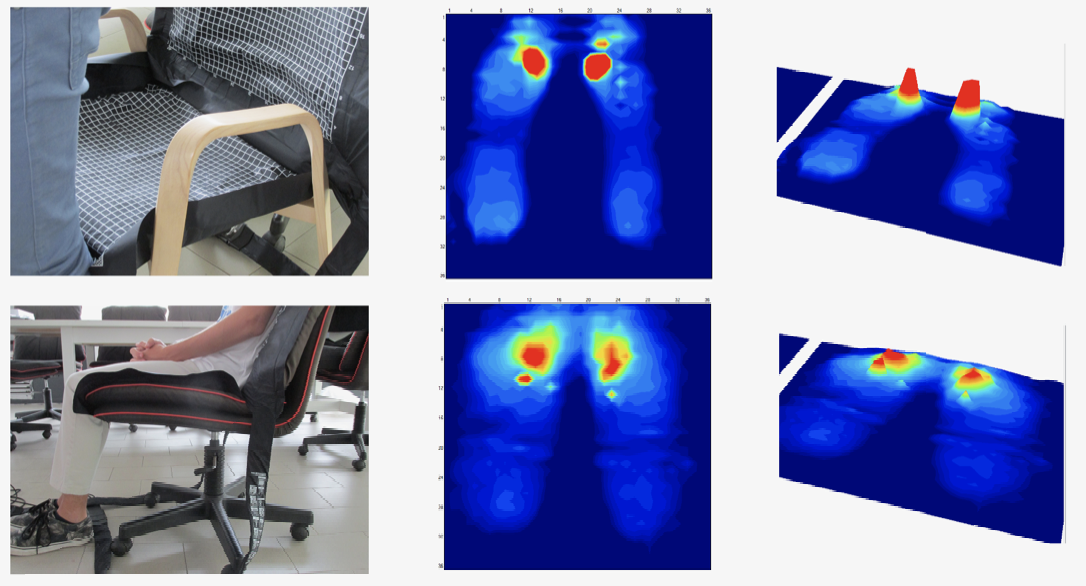
The perception of
ergonomic comfort is very subjective and difficult to quantify. The presence of a series of factors such as height and weight are difficult to control and there is no specific relationship between them.
Considering the current regulatory lack, CATAS has developed a procedure using the
Xsensor®, an instrument that, thanks to its sensors, is capable of mapping body weight distribution through pressure areas and that can be placed on
mattresses and seats.
This type of procedure can be particularly useful to highlight which areas of the body show high
pressure peaks, which are important to take into account in order to have proper blood circulation (decubitus zones), and how the sample adapts to our body: a good weight distribution is synonymous with comfort.
Why should we use this instrument?
Mainly for three reasons:
- as regards mattresses (with or without base), the data collected is important for the preparation of the technical dossier to apply for certification as a medical device;
- to compare products so as to understand their differences and advance the characteristics of one over the other;
- to define how a product fits the body, highlighting how the weight is distributed in areas of interest (in particular for the seats).
In the last years we have analyzed mattresses and seats
for a variety of intended uses:
domestic or contract use, for the
cabins of means of transport, for
office seats, for
railways seating, etc…
Analyses that over time have enabled us to gain experience and knowledge useful in helping our customers in all their static and dynamic detection needs to improve comfort and safety of their products.

Example of good body weight distribution on a mattress

Example of the measure of the distribution of body weight on a seat
For info:

 The perception of ergonomic comfort is very subjective and difficult to quantify. The presence of a series of factors such as height and weight are difficult to control and there is no specific relationship between them.
The perception of ergonomic comfort is very subjective and difficult to quantify. The presence of a series of factors such as height and weight are difficult to control and there is no specific relationship between them.
